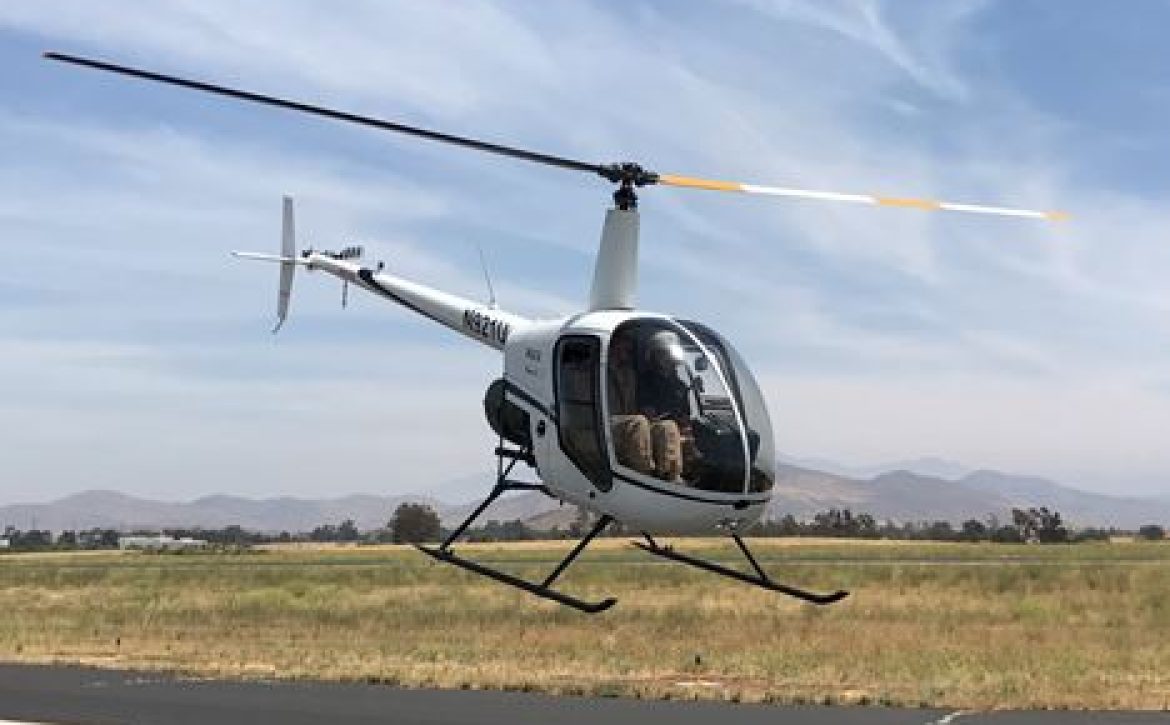2018 Mid-Year Whirly-Girls Scholarship Opportunities Now Available
Upper Limit is excited to spread the word about five additional Whirly-Girls Scholarship Opportunities aimed at helping women build their careers in aviation!
Whirly-Girls International is continuing to provide amazing support for women in aviation, offering scholarship opportunities for both female fixed wing and rotor wing pilots, and the Whirly-Girls Scholarship Fund recently announced that they are opening the 2018 mid-year scholarship season. So, if you’re pursuing your career in aviation, and working through your fixed wing or rotor wing flight training with Upper Limit Aviation and our professional CFIs, these scholarships could be a fantastic chance for you to push your training and career to the next level. 5 deserving female aviators and Whirly-Girls members will be provided with the opportunity to “strengthen their knowledge and network by attending one of three industry-leading conferences: The CHC Safety & Quality Summit, HeliSuccess Career Development Seminar, or HAI HELI-EXPO.”

HeliSuccess Career Development Seminar
Rotorcraft Pro Media Network will be sending two Whirly-Girls to the 2-day HeliSuccess Career Development Seminar and Job fair, being held October 2018, in Las Vegas, NV. This seminar and job fair is great for lower time pilots or those in a transition phase of their career and provides an amazing opportunity for both learning and networking. The inside information gained here can give pilots a competitive edge when it comes to the helicopter industry hiring process.
2018 CHC Safety & Quality Summit
CHC and Collective Magazine will each be providing a Whirly-Girl with an all-expenses-paid scholarship to the 2018 CHC Safety & Quality Summit in Dallas, TX in October. These scholarships cover the conference attendance fee, a 2-day HFACS course either directly before or after the summit, flight, accommodations, and meals. The conference, according to Whirly-Girls, is suited to more experienced pilots and those with a strong interest in safety, and is centered around “sharing education and best practices in aviation safety.”
2019 HAI HELI-EXPO
The final scholarship is provided by the Whirly-Girls Scholarship Fund and Jean Tinsley’s estate, to commemorate “Jean’s love of meetings, also known as ‘hoverings,’.” The winner of this scholarship will be provided with an all-expenses-paid trip to the Whirly-Girls Awards Banquet and Annual meeting at the 2019 HAI HELI-EXPO in Atlanta, GA.

Train in one of Upper Limit’s beautiful R22s!
In speaking about the opportunities, Whirly-Girls Vice President – Scholarships, Alison Martin said that in the helicopter industry, knowledge and networking are the keys to progressing in your career. “Without malice, women are still sometimes left on the outside of networking circles. Helping female aviators attend these conferences provides them with access to expertise and connections that may not be available in their current positions. This strengthens the talent pool of the entire industry and benefits everyone.”
For more information on the mid-year Whirly-Girls Scholarship Opportunities, and to fill out an application, head over to the Whirly-Girls website. Keep in mind that you need to be a member of the Whirly-Girls to apply for these scholarships, and all applications are due by May 1, 2018.
Upper Limit Aviation strongly believes in helping build and advance the careers of female pilots, in both rotorcraft and fixed wing. And our dedication to female pilots isn’t limited strictly to flight training; if you need any help finding, applying for or deciding which scholarships to apply for, or would like more information on how you can use your scholarship to get your rotorcraft certificate with Upper Limit Aviation, please call us at 801-596-7722, or email us [email protected] and we’d be thrilled to help you.
Get started with your flight training today!
If you would like more information, you can:
- Call us at 801-596-7722











